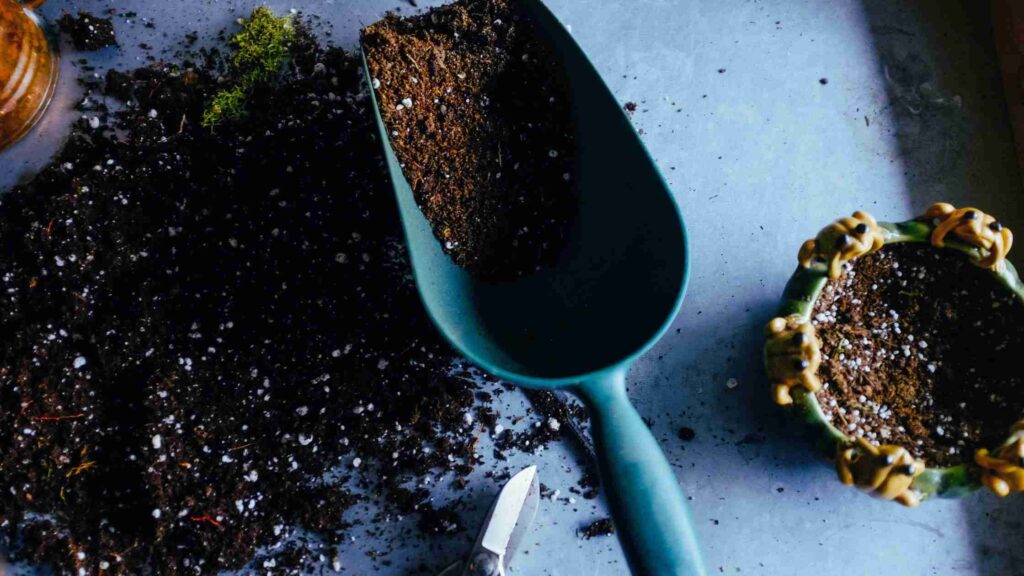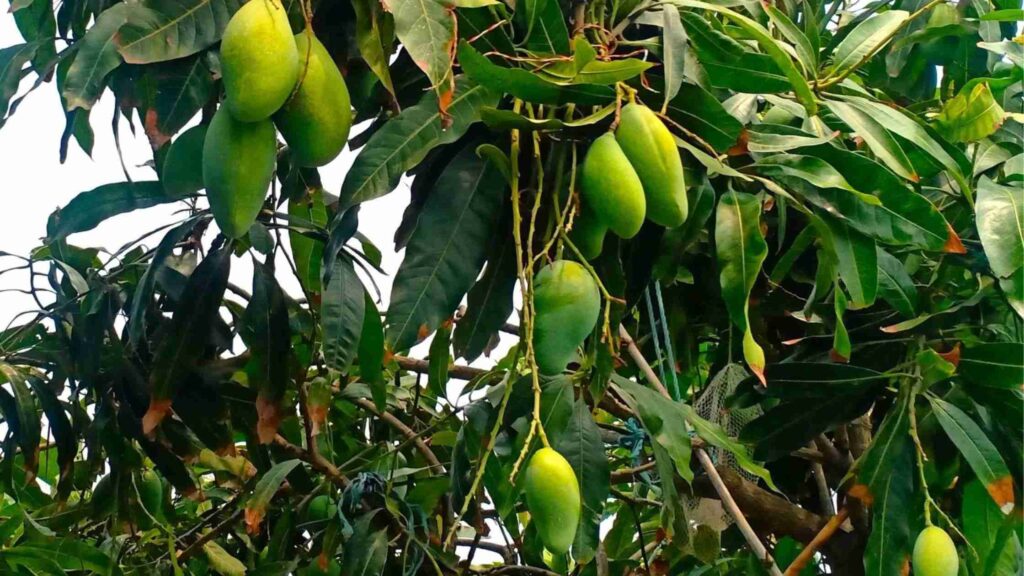How to revitalize old potting soil for roof garden with 4 simple Steps? Also, you will know Why potted plants die. How can you keep soil healthy and nutrient-rich? How to fertilize and take care of the soil of a potted plant in different seasons year-round. When potted a plant starts degrading many people think that there is something wrong with the plant.
What’s the Wrong with Plant Degrading?

The majority of the time, the issue is with the soil. Plants that are planted in the ground outgrow potted ones in terms of growth. Due to the various microbiological activity that occur in the soil. Plants are depleting the nutrients in that realm below, where microorganisms devour other microbes. However, potted plants can’t experience it at the same level. Quality potting soil gradually deteriorates over time in pots for robust plants.
I replace the potting soil every year or two, but professional potting mix comes in sacks, which can get pricey, especially if you have as many pots as I do. Revitalizing and reusing your old potting mix is more satisfying, sustainable, and cost-effective. So, let’s see how it can be done in 4 steps:
Step 1:
First of all, I removed old potting soil from pots or containers on a large tarp or plastic sheet. If the soil is hard, water the soil while it is still in the pot to make it easier to remove. Nutrients and beneficial microorganisms become inactive in old soils, then it is really important to revive and recharge them.
Step 2:
Then broke up big clumps. I removed any rocks, root pieces, and other debris that were present in the soil. I removed dead roots as much as possible, as they were rotten or diseased.
Step 3:
Then in the next step, you need to recharge the old potting mix with new ingredients. After long gardening experiences, I have made my own custom soil recharge recipe, which is 100% organic and sustainable, and will boost the growth of the plant.
I removed old soil from a 12-inch size pot. I mixed 50% fresh and well-drained garden soil, which should be half of your total old soil; 25% vermicompost or well-rotted cow dung compost; 10% cocopeat or peat moss; two handfuls of bone meal; two handfuls of neem cake powder or Neem Khali; and two tablespoons of organic fungicide. Here I was using Trichoderma. You can use any other broad-spectrum fungicide as well. I mixed in a light dusting of garden lime. Soil makes pots heavy, so if you want to make it light and aerated, add 25% perlite. Mix them very well. You can get all these items from any agriculture shop very easily. Now the question is, why add a lot of stuff to the old soil? Why not just add new soil?
Let’s first know the benefits of this mixing:
Compost provides essential nutrients that redevelop microbial life and make the old soil fertile. Cocopeat or Peat moss holds moisture and makes the soil lightweight, fluffy, and aerated. Bone meal adds calcium and minerals. Neem cake powder is a natural antifungal. Garden lime will kill harmful larvae and pathogens, and also regulate acidity and balance the pH of the soil. Finally, Trichoderma organic fungicide develops a beneficial fungus that kills harmful fungi and prevents root rot. Trichoderma is a very effective biological means for soil-borne disease management and it is 100% organic.
Step 4:
Then I spread the soil on the tarp evenly and allowed this mix to sun dry for one day. The next day I watered the soil with a watering can, turned over the soil, and covered it with a Polly sheet. I repeated this after 3 days and left it covered for the next 4 days. After a week new rich soil was ready to be filled up in pots. Make sure if any plant dies of deceased fungal or viral infection in a pot, I would not suggest reusing the soil.
I planted pathogens and viruses that can sustain in that soil for years, continuing to re-infect other plants. So just discard such soil. I cleaned the pot afterward with soapy water was also necessary. It was sustained in that soil for years, continuing to re-infect other plants. So just discard such soil. Cleaning the pot afterward with soapy water is also necessary.
Why Revitalizing Old Potting Soil is Important?

We have made a mistake by planting grow in the same soil and same pot for years which results in poor soil. Such potting soil lacks nutrients, is not properly aerated, and can cause drainage problems for plants and also suffocate roots. On the other hand, old soil standing in the pot for six or more months without plant also runs out microbial life which is most important for a healthy plant.
Soil of potted plants needs different care for different reasons. However, its requirement varies according to different plant varieties like evergreens or short-lifted seasonal plants.
Summer Season
From the summer season, feed the soil with a handful of compost and two spoons of bone meal powder every month. Remove weeds or grass as they suck nutrients from the soil. Mulching the pot with dried leaves or wood chips and frequent watering is required in hot summer to save plants.
Rainy Season
From rainy season brings life and greenery to potted plants. Nitrogen and phosphorus in the atmosphere during this season are higher than in other months. Low-nitrogen fertilizers like compost tea and cake tea should be given once a month. Reduce watering cycles during the rainy season.
Winter Season
During the winter season, many plants become dormant and stop new growth. So, provide very little and slow-releasing fertilizer like vermicompost and one meal powder teaspoon every month. Meanwhile, water only when the top inch of the soil feels dry to the touch.
Spring Season
The spring season is called the growing season of the plant. When plants break dormancy after frost. So, feed them balanced fertilizer with a mixture of two parts cow dung compost, two parts vermicompost, and one-part bone meal powder. Apply this mixture a handful twice a month. Spring season and rainy seasons are the ideal time for re-potting and revitalizing old soil
Why Plant is Dying?
If you are starting to see problems in your plants, it’s probably time to check what they are growing in. A plant growing in poor soil may easily catch deceased, maybe your soil ran out of nutrients. The reason may be under or overwatering or root rot. And you can save your dying plant.



